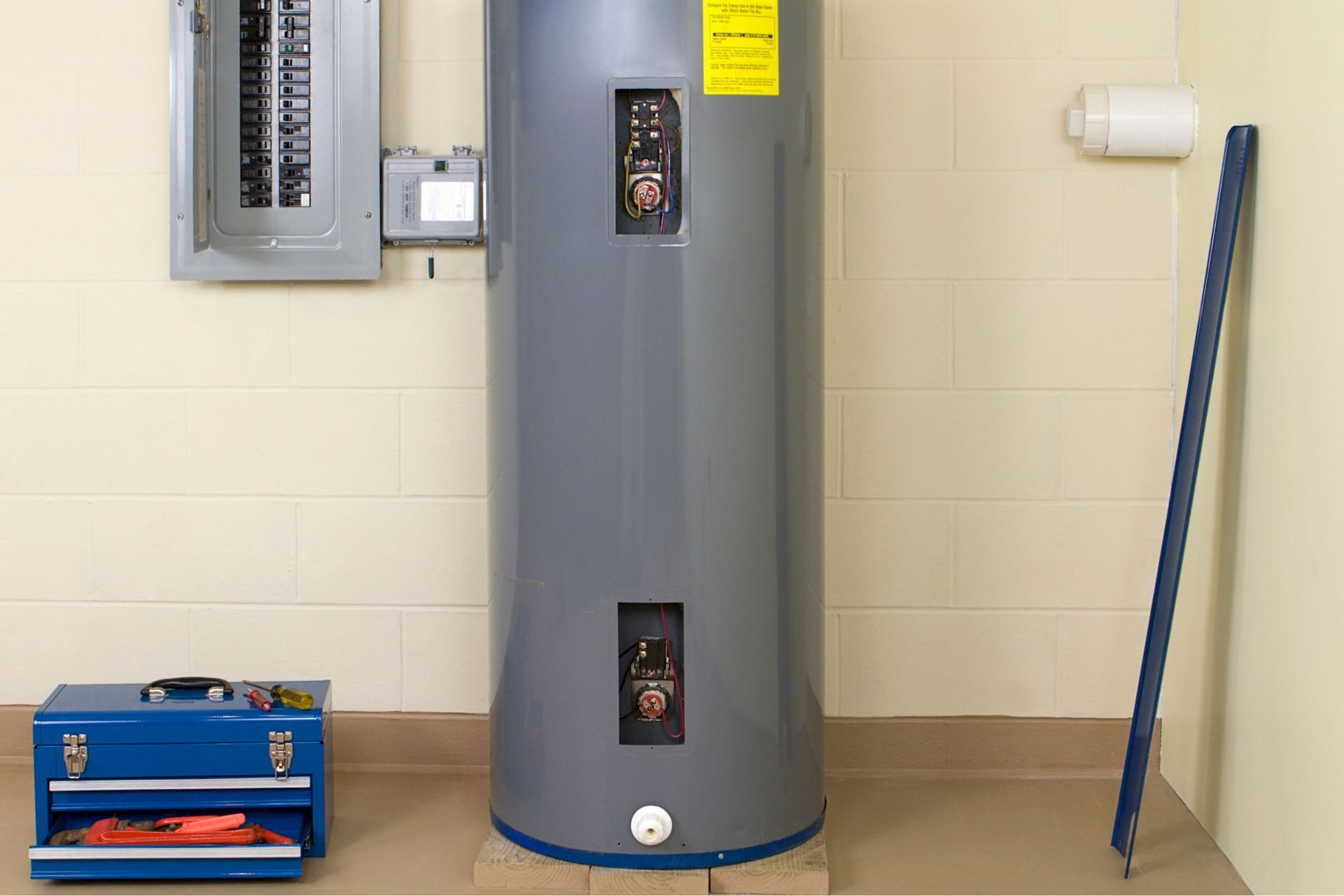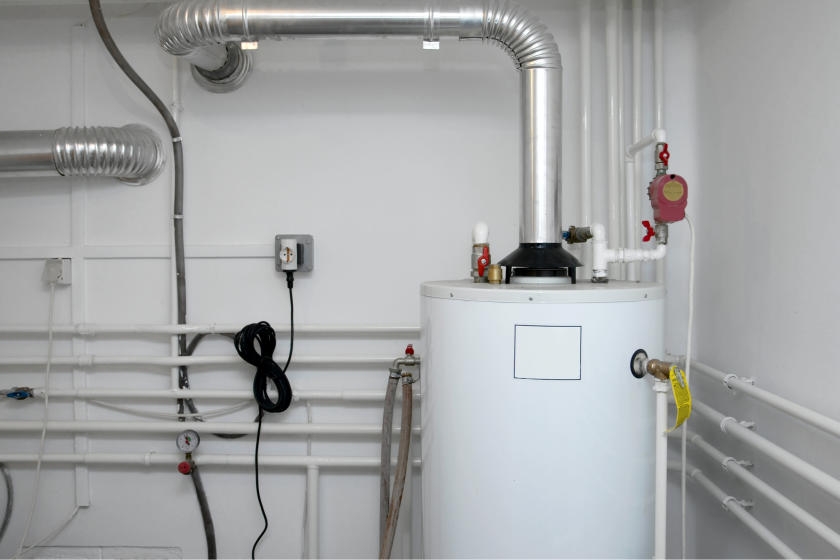Are you looking for insight around Tips For Maintaining Your Hot Water Heater?

Warm water is vital for day-to-day comfort, whether it's for a revitalizing shower or washing meals. To guarantee your hot water system runs effectively and lasts much longer, regular maintenance is essential. This short article offers sensible tips and insights on just how to maintain your home's hot water system to prevent disturbances and costly repair services.
Intro
Maintaining your home's hot water system may appear daunting, but with a few basic actions, you can guarantee it operates efficiently for years to come. This guide covers whatever from recognizing your warm water system to DIY maintenance ideas and recognizing when to call professional help.
Significance of Preserving Your Warm Water System
Normal upkeep not only extends the life expectancy of your hot water system however additionally guarantees it runs successfully. Disregarding upkeep can bring about decreased efficiency, higher energy bills, and even premature failure of the system.
Indications Your Warm Water System Requirements Upkeep
Recognizing when your warm water system requires focus can protect against major problems. Watch out for indications such as inconsistent water temperature, unusual noises from the heating unit, or rustic water.
Comprehending Your Hot Water System
Before diving into maintenance tasks, it's helpful to understand the standard parts of your warm water system. Normally, this consists of the hot water heater itself, pipes, anode rods, and temperature controls.
Monthly Maintenance Tasks
Normal month-to-month checks can aid capture minor issues before they escalate.
Purging the Hot Water Heater
Purging your water heater removes sediment build-up, boosting effectiveness and extending its life.
Checking and Replacing Anode Rods
Anode poles protect against rust inside the storage tank. Inspecting and changing them when worn is important.
Examining and Adjusting Temperature Level Setups
Changing the temperature setups makes sure ideal performance and safety and security.
Do It Yourself Tips for Maintenance
You can perform several upkeep jobs yourself to keep your warm water system in top condition.
Looking for Leaks
Routinely inspect pipelines and connections for leaks, as these can bring about water damage and higher costs.
Evaluating Pressure Alleviation Valves
Evaluating the stress relief valve guarantees it works correctly and protects against extreme pressure accumulation.
Insulating Pipelines
Shielding hot water pipelines minimizes heat loss and can conserve energy.
When to Call a Specialist
While DIY maintenance is advantageous, some concerns need specialist competence.
Complicated Concerns Needing Professional Assistance
Examples consist of major leakages, electrical issues, or if your water heater is constantly underperforming.
Regular Professional Upkeep Benefits
Expert maintenance can include thorough assessments, tune-ups, and ensuring compliance with security standards.
Final thought
Normal maintenance of your home's warm water system is important for performance, long life, and price savings. By adhering to these tips and understanding when to seek specialist help, you can guarantee a trusted supply of hot water without unforeseen disturbances.
How to Maintain an Instant Hot Water Heater
Before tinkering with your hot water heater, make sure that it’s not powered on. You also have to turn off the main circuit breaker and shut off the main gas line to prevent accidents. Also turn off the water valves connected to your unit to prevent water from flowing into and out of the appliance. 2. When you’re done, you have to detach the purge valves’ caps. These look like the letter “T” and are situated on either side of the water valves. Doing so will release any pressure that has accumulated inside the valves while at the same time avoid hot water from shooting out and burning your skin. 3. When the purge valves’ caps are removed, you have to connect your hosing lines to the valves. Your unit should have come with three hoses but if it didn’t, you can purchase these things from any hardware or home repair shops. You can also get them from retail stores that sell water heating systems. Read the user’s manual and follow it to complete this task properly. When the hosing lines are connected, open the purge port’s valves. 4. You should never use harsh chemical cleaners or solutions when cleaning your unit. Make use of white vinegar instead. It should be undiluted and you’ll probably use about 2 gallons. 5. Now flush your water heater. This task should probably take about 40 minutes. We can’t give you specific directions for this because the procedure is carried out depending on the type, model and brand of your heater. With that being said, refer to the user’s manual. 6. When you’re done draining the unit, you have to turn off the purge port valves again. Remove the hosing lines that you earlier installed on each of the water valves. Put the valve caps (purge port) back in their respective places and be very careful so as not to damage the rubber discs that are found inside these caps. 7. Now that everything’s back in place, check your user’s manual again to find out how to reactivate your water heating system. 8. Once it is working, turn one of your hot water faucets on just to let air pass through the heater’s water supply pipes. Leave the tap on until water flows smoothly out of it. https://www.orrplumbing.com/blog/2014/september/how-to-maintain-an-instant-hot-water-heater/

Hopefully you enjoyed our post on How to Maintain a Hot Water Heater in a Few Simple Steps. Thank you for finding the time to read our short article. If you please pause to distribute this content if you enjoyed reading it. I praise you for your time. Revisit us soon.
Estimating